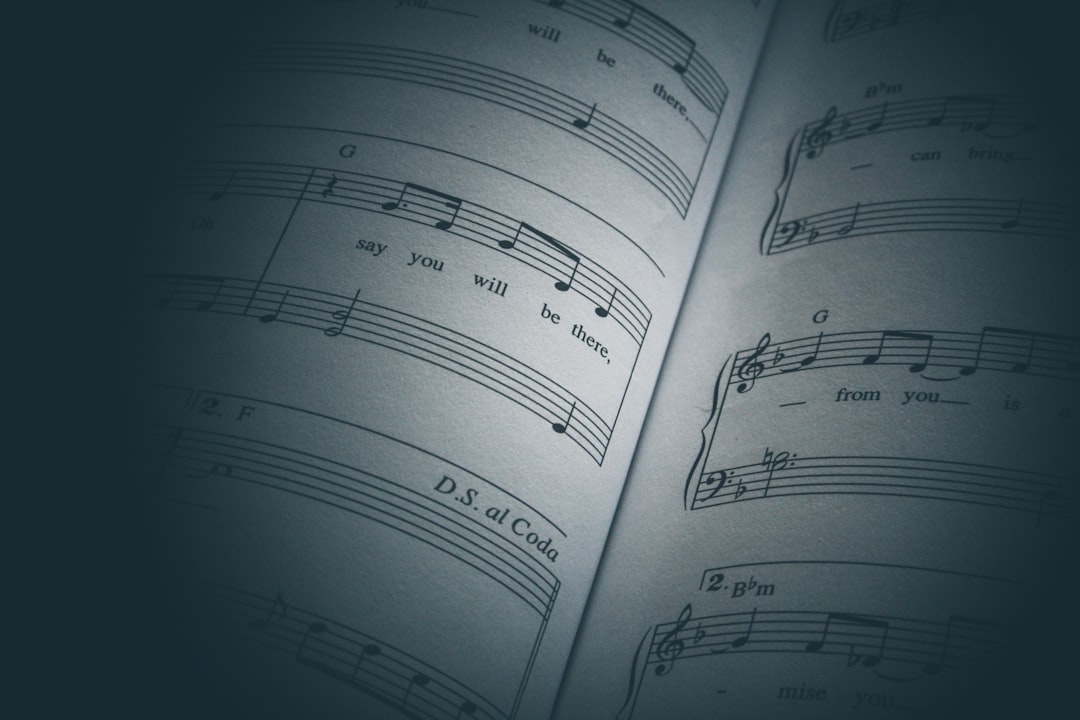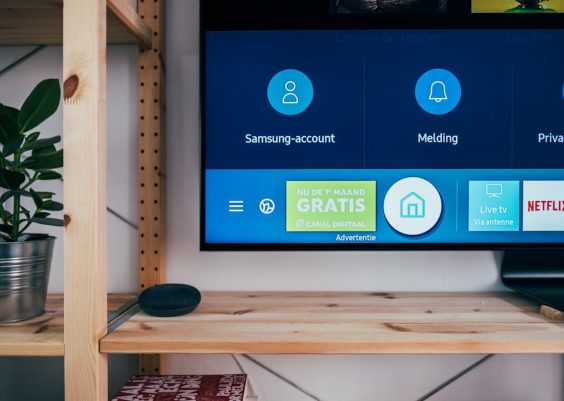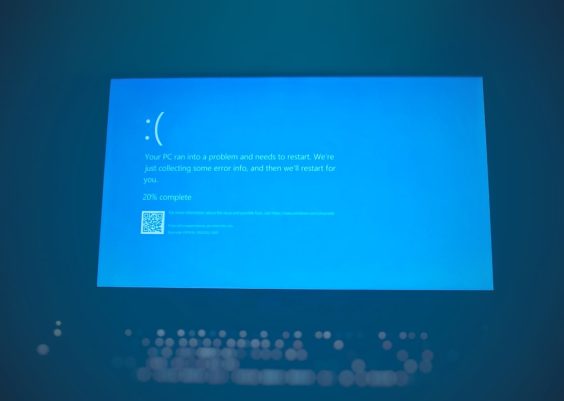When I first joined TikTok, I expected the usual blend of fun, creativity, and virality. Sharing snippets of my music, remixing sounds, and broadcasting my creative process became a fulfilling routine. But one day, in the middle of a successful video streak, I received the dreaded notification: Your audio has been removed due to copyright infringement. The sinking feeling was immediate—but what followed became a journey that taught me a lot about digital rights, copyright law, and the importance of communication with rights holders in the age of viral content.
TL;DR
My TikTok audio was removed due to a copyright claim, putting my popular videos on pause. Instead of abandoning the content, I reached out to the rights holder to negotiate the restoration of the audio. After transparent communication and agreeing on a few terms, the original soundtrack was reinstated. Here’s how I turned a takedown into a learning opportunity—and even strengthened a professional relationship in the process.
How TikTok Handles Copyrighted Audio
TikTok has a robust system for identifying copyrighted content. When you upload a video that uses music or sound not in TikTok’s licensed library, algorithms—and sometimes users—can flag it. If a claim by a rights holder is confirmed, your sound gets muted, and the platform may notify you of the copyright strike.
This is part of TikTok’s compliance with the Digital Millennium Copyright Act (DMCA). The platform works hard to avoid liability by quickly removing content that’s flagged by the copyright owner. But for creators like us, it can feel like a sudden blindside—especially when you believed your use was within fair bounds.
The Moment My Audio Was Removed
The video in question used a 30-second clip that I had personally remixed from an old jazz recording. I’d taken special care to ensure the original track was in the public domain—or so I thought. It turns out that while the composition was free to use, the specific recording was still under copyright.
TikTok identified the original rights holder—an independent label with a solid catalog of vintage recordings—and pulled the audio. Instantly, several of my most engaged videos lost their backing music, and my repeat view counts plummeted.
Initial Reactions and Possible Courses of Action
When your audio is removed, here are your initial options:
- Accept the removal and repost with different or royalty-free audio.
- File a counter-notice if you believe the takedown was incorrect.
- Contact the rights holder and attempt to resolve the issue directly.
Given that I had no intentions of exploiting someone else’s property and genuinely believed my use was transformative, I chose the third option: contact the rights holder.
Reaching Out to the Rights Holder
Finding contact information took a bit of sleuthing. The label didn’t have a straightforward contact form, so I reached out through LinkedIn to a music licensing manager associated with the company and followed up with an email.
In my message, I:
- Introduced myself and the nature of the remix
- Clarified that I wasn’t monetizing the TikTok videos
- Explained how the audio was boosting interest in the original track
- Requested permission to use the segment under agreeable terms
To my surprise, the response was warm. The licensing manager appreciated the respect for their content and was open to a conversation.

The Negotiation Process
After a few back-and-forth exchanges, we started discussing how to officially greenlight the use. The label offered a few options:
- A limited non-commercial license specific to TikTok
- Linking to the full-length version of the original track in my bio
- Feasibility of a revenue share if the content gained substantial monetization later
I agreed to conditions 1 and 2. And just like that, they submitted a withdrawal of the copyright claim to TikTok. Within a week, my audio was back and fully functional.
The Broader Lessons I Learned
This experience taught me quite a bit—not just about copyright law, but about how respectful outreach can yield surprisingly positive outcomes. Here are a few key takeaways:
- Not all copyright holders are villains. Many just want proper attribution and control over use.
- Communication is key. Reaching out with sincerity and clarity can open doors.
- Understand the layers of copyright. A track entering public domain doesn’t always mean the recording is free to use.
- Have backups. Keep alternative soundtracks ready in case of sudden copyright issues.
How to Protect Yourself If You’re a TikTok Creator
If you’re creating videos and using sample audio, here’s how to protect your content:
- Stick to TikTok’s licensed library: These tracks are pre-cleared for most uses.
- Use royalty-free or original audio: Many creators use stock music platforms or compose their own tunes.
- Understand public domain limitations: Confirm both the composition and the recording’s legal status.
- Document your editing process: So you can prove your creative input in disputes.
- Be ready to negotiate: If your audio is flagged, see it as an opportunity for dialogue, not the end of the road.

A Happy Ending—and Future Collaboration
After the incident, the same label reached out to collaborate on a future TikTok campaign featuring other vintage tracks. They saw firsthand the reach of TikTok and how it could breathe new life into forgotten sounds. One of the label’s unearthed vinyl selections started trending thanks to the buzz from my restored video.
So what began as a takedown ended up forging a new creative partnership. The label gained exposure; I gained credibility—and we both learned how much the world of viral content depends on smart, respectful copyright practices.
Final Thoughts
The next time you get a TikTok copyright notification, don’t panic. Think through your options, know your rights, and—perhaps most importantly—remember that behind every sound is a creator or company trying to protect their own work. When approached with professionalism and a collaborative mindset, rights infringement doesn’t have to end in a deadlock. In fact, it can be the beginning of your next big opportunity.




